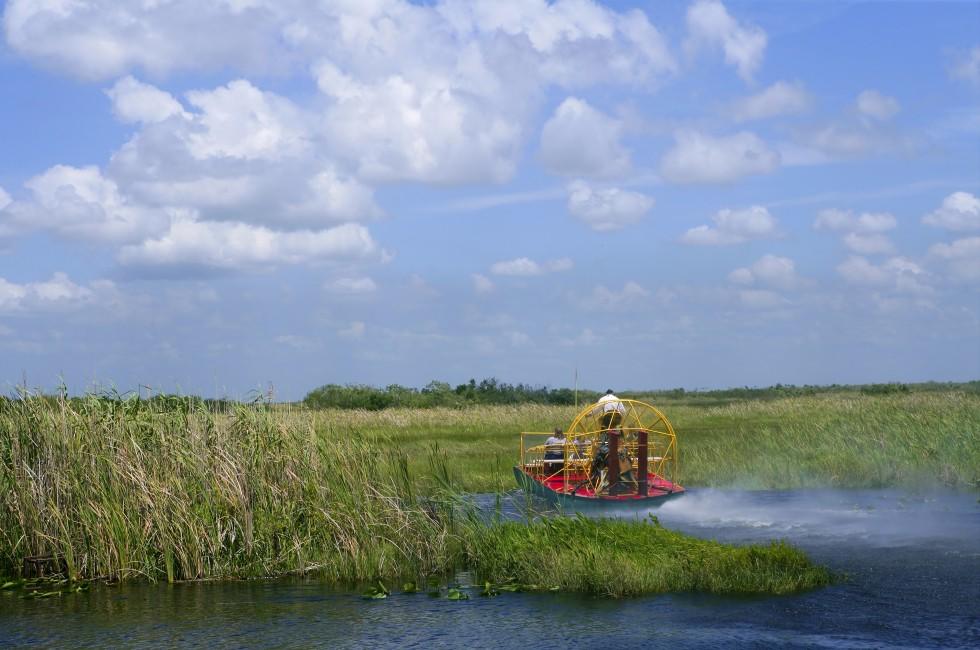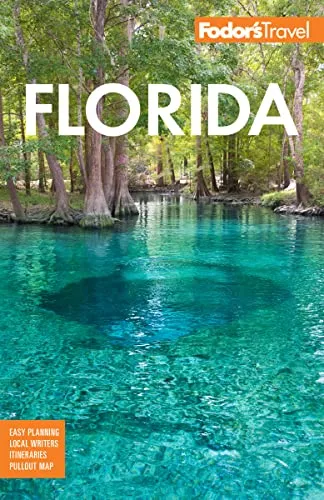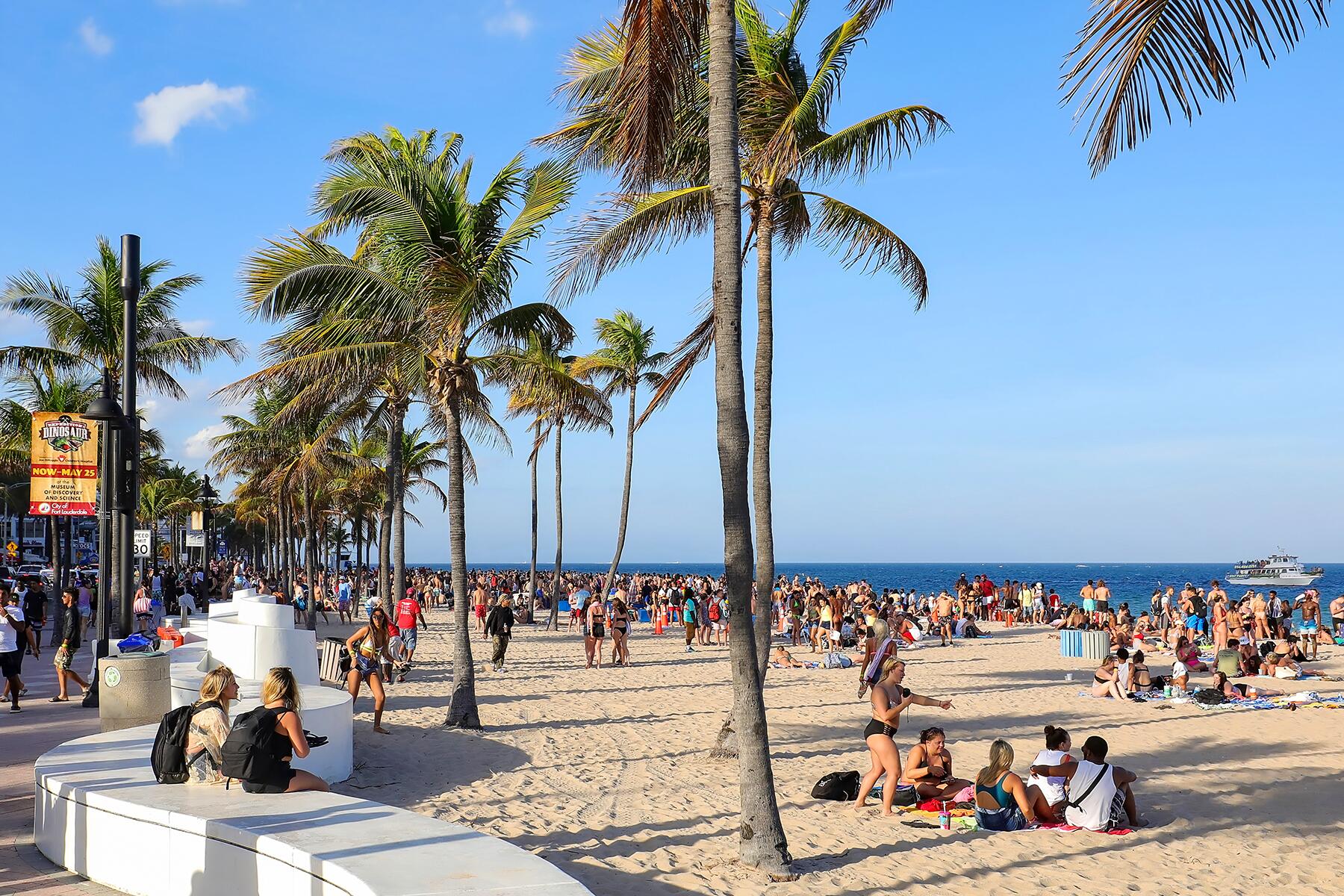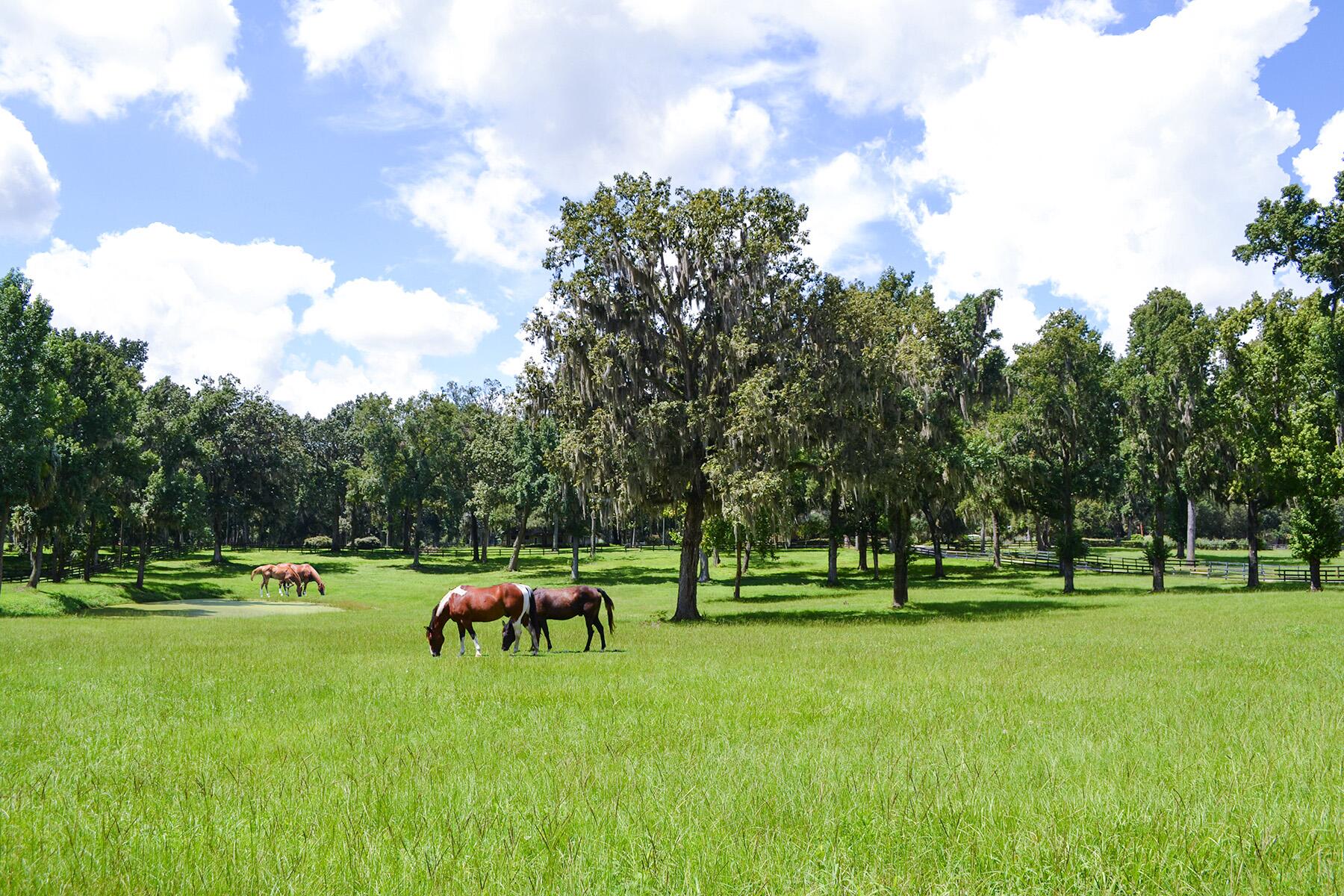The Everglades
The Everglades
More than 1.5 million acres of South Florida's 4.3 million acres of subtropical, watery wilderness were given national park status and protection in 1947 with the creation of Everglades National Park. It’s one of the country's largest national parks and is recognized by the world community as a Wetland of International Importance, an International Biosphere Reserve, and a World Heritage site. Visit if you want to spend the day biking, hiking, or boating in deep, raw wilderness with lots of Florida wildlife.
To the east of Everglades National Park, Biscayne National Park brings forth a pristine and magical side of Florida. It’s the nation's largest marine park and the largest national park boasting living coral reefs within the continental U.S. A small portion of the park's 172,000...
Read MoreMore than 1.5 million acres of South Florida's 4.3 million acres of subtropical, watery wilderness were given national park status and protection in 1947 with the creation of Everglades National Park. It’s one of the country's largest national parks and is recognized by the world community as a Wetland of International Importance, an International Biosphere Reserve, and a World Heritage site. Visit if you want to spend the day biking, hiking, or boating in deep, raw wilderness with lots of Florida wildlife.
To the east of Everglades National Park, Biscayne National Park brings forth a pristine and magical side of Florida. It’s the nation's largest marine park and the largest national park boasting living coral reefs within the continental U.S. A small portion of the park's 172,000 acres includes mainland coast and outlying islands, but 95% remains submerged. Of particular interest are the mangroves and their tangled masses of stiltlike roots that thicken shorelines. These "walking trees" have curved prop roots arching down from trunks and aerial roots that drop from branches. The roots of these trees filter salt from water and create a coastal nursery that sustains marine life. You can see Miami's high-rise buildings from many of Biscayne's 44 islands, but the park is virtually undeveloped and large enough for escaping everything that Miami and the Upper Keys have become. To truly disconnect, grab scuba-diving or snorkeling gear and lose yourself in the wonders of the coral reefs.
On the northern edge of Everglades National Park lies Big Cypress National Preserve, one of South Florida's least developed watersheds. Established by Congress in 1974 to protect the Everglades, it comprises extensive tracts of prairie, marsh, pinelands, forested swamps and sloughs. Hunting is allowed, as is off-roading. Stop at the Oasis Visitor Center’s boardwalk to see the alligators lounging underneath, and then drive Loop Road for a backwoods experience. If time and desire for watery adventure permit, kayak or canoe the Turner River.
Surrounding the parks and preserve are communities where you’ll find useful outfitters: Everglades City, Florida City, and Homestead.








